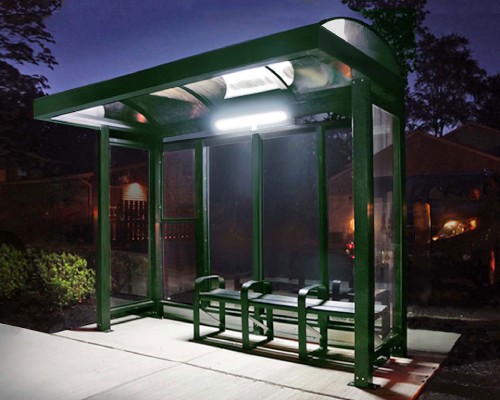
Bus stops, the starting point of millions of journeys worldwide each day, should be safe havens for individuals making their ways to work, school, or other obligations. They’re a critical part of the public transit infrastructure, often overlooked but essential in enabling efficient and trouble-free travel.
Despite their importance, these seemingly harmless spaces can sometimes be centers for various safety concerns ranging from petty crimes to traffic accidents. These five ways to make bus stops safer for patrons can significantly reduce danger by implementing tactical strategies and paying attention to well-founded safety measures.
Enhanced Lighting
Enhanced lighting at bus stops does more than just illuminate the immediate area; it improves visibility and acts as a deterrent to potential criminals. Good lighting helps bus operators identify stops more easily, especially during the dark early morning and late hours. This aids in getting passengers safely on and off the bus. It also allows passengers to read timetables and maps clearly.
Use of Surveillance Cameras
Incorporating surveillance cameras at bus stops works on multiple levels to enhance safety. Their visible presence signals the active monitoring of the area, discouraging potential wrongdoers. Surveillance cameras also record activities, providing evidence in case of any incident. This evidence can be instrumental in resolving crimes or even reconstructing incidents for further safety improvements.
Regular Maintenance and Inspection
Regular maintenance and inspection of the bus stops ensure and prevent any potential safety hazards. Bus stop shelters are the best solution to keep a space safe and functional, and constant monitoring and checks are essential. This includes checking for structural damage, graffiti, or litter, which can negatively impact the perception of safety.
Clear Signage
Clear signage is an effective informational tool to make bus stops safer for patrons. It promotes a sense of safety and security among commuters by making them feel well informed and oriented. Key information, such as bus routes, schedules, and maps, should be visible at every stop. This allows passengers to plan their journeys efficiently, which can be particularly beneficial during late-night hours.
Community Engagement
Encouraging community involvement in the safety of bus stops can build a stronger sense of territoriality, leading to decreased criminal activity and improved overall safety. It turns the bus stop into a shared community space everyone cares for. Communities can improve safety through initiatives like “adopt a bus stop” programs, encouraging local businesses, social groups, or individuals to take responsibility for upkeeping a specific bus stop.
A community can make a bus stop a more inviting environment everyone can enjoy and benefit from. Ensuring that public transportation systems are not only efficient and reliable but also safe and secure for everyone who uses them is an important social achievement.
